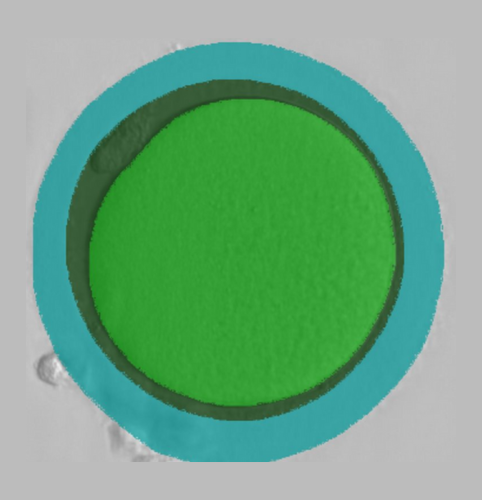
Our Impact
19 December 23
Abstract (COGI 2023): An Interpretable Artificial Intelligence Model Predicts Blastocyst Development From Segmented Images of Mature (MII) Oocytes
Puerta Vega, M. I., Siddique, N., Mercuri, N., Qi, W., Krivoi, A., Fjeldstad, J.
STAY IN THE LOOP
Join our mailing list for dispatches on the future of fertility
